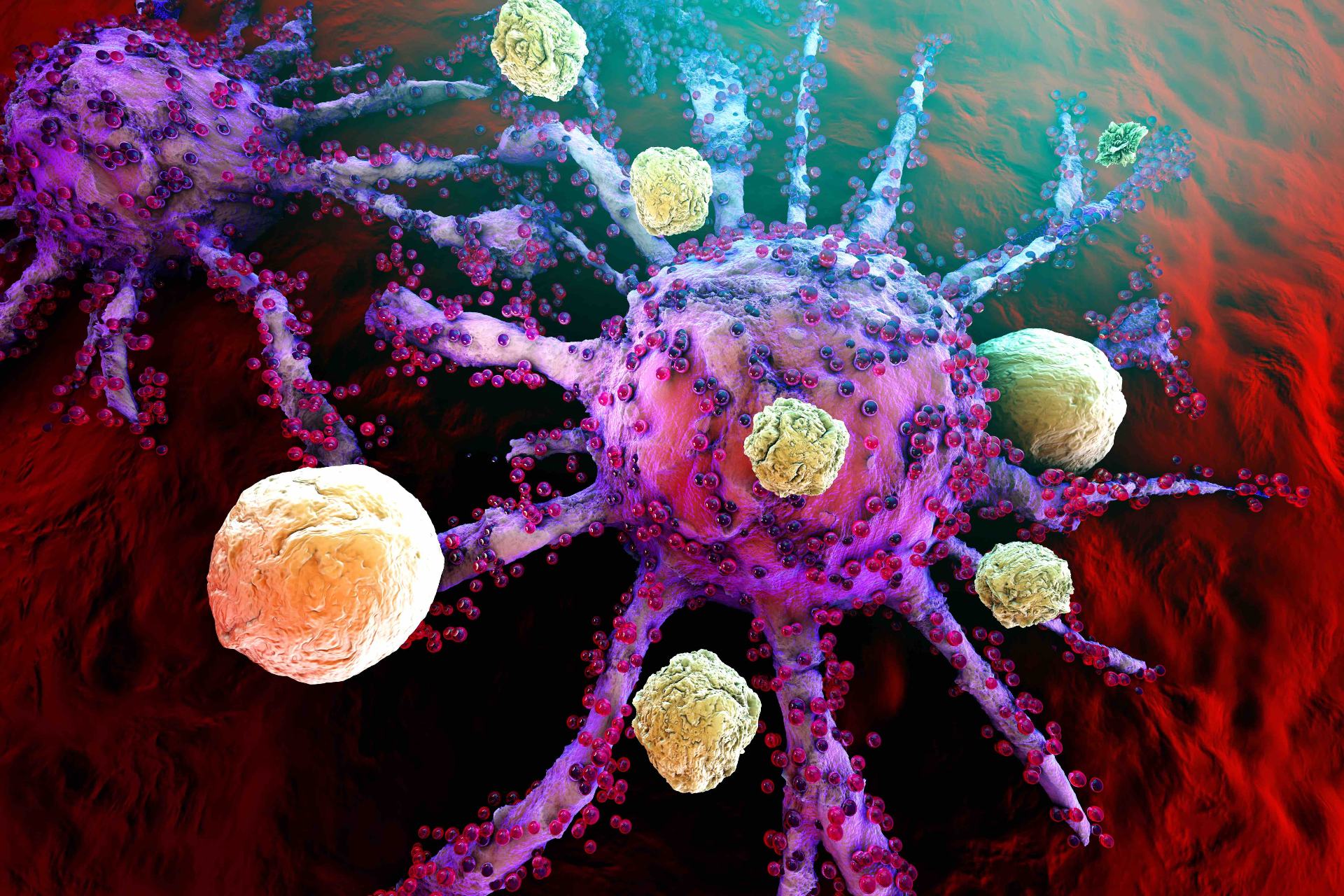Article
Treatment-Free Remission at Heart of New CML Study
Author(s):
Researchers aim to eliminate leukemia stem cells safely.
Although tyrosine kinase inhibitors (TKIs) produce remarkable results in patients with chronic myeloid leukemia (CML) by suppressing BCR-ABL1 activity, in studies that have investigated stopping them, the cancer returns for about 50% of the patients, Daniel Lacorazza, PhD, associate professor of pathology and immunology, Baylor College of Medicine, and colleagues say. They theorize that this is the case because TKIs have an impact on most CML cells, just not the leukemic stem cells (LSCs).
“It’s like removing the tree, but leaving the roots that can sprout new shoots,” they said in a statement.
Because stem cells are responsible for cell self-renewal and differentiation, Lacorazza and his team set out to better understand the LSC self-renewal process, hoping to pinpoint possible new options to target that activity, prevent relapses, and lead to treatment-free remission. Their results appeared recently in Blood, the official publication of the American Society of Hematology.
Knowing that Krüppel-like factor 4 (KLF4) plays an essential part in carcinogenesis—although it has also been shown to have antitumor activity—the study investigators removed KLF4 to see if it was necessary also for LSCs to survive. The result? Loss of LSC/progenitor cells and increased levels of tyrosine-(Y)-phosphorylation-regulated kinase 2 (DYRK2) protein.
According to the authors, “A major change in the absence of KLF4 was an increase in the production of kinase DYRK2, an enzyme involved in protein stability, cell cycle control, and apoptosis.”
Stabilizing levels of this protein, then, could be a possible solution. To do this, they inhibited ubiquitin E3 ligase SIAH2 by introducing menadione (vitamin K3), as this has been shown to stimulate cell death in human CML stem/progenitor cells and increase levels of DYRK2. The drawback to this approach is that vitamin K3 can be toxic. To remedy this, the authors suggest SIAH2 inhibitors with lower hematological toxicity, evaluating the safety of that inhibition, and developing alternatives to activating DYRK2 in CML LSCs. In other words, stabilize or increase DYRK2 levels to inhibit LSCs.
Having set out to better their understanding of LSC renewal for new inroads to treatment-free survival and relapse prevention, Lacarozza and colleagues did just that. They identified the DYRK2 checkpoint in LSC/progenitor cell survival and self-renewal, showing there are 2 ways to increase its levels: (1) remove the Klf4 gene or (2) inhibit the ubiquitin ligase SIAH2 pharmacologically.
At present, they continue to search for ways to accomplish this that will not harm patients with CML, who today must take TKIs for life. “We envision that targeting the bulk of leukemia with tyrosine kinase inhibitors plus a new drug that targets the stem cells might be a future strategy for patients to reach drug-free remission.”
Reference
Park CS, Lewis A, Chen T, et al. KLF4 represses DYRK2 inhibition of self-renewal and survival through c-Myc and p53 in leukemia stem/progenitor cells [published online September 12, 2019]. Blood. doi: 10.1182/blood.2018875922.





